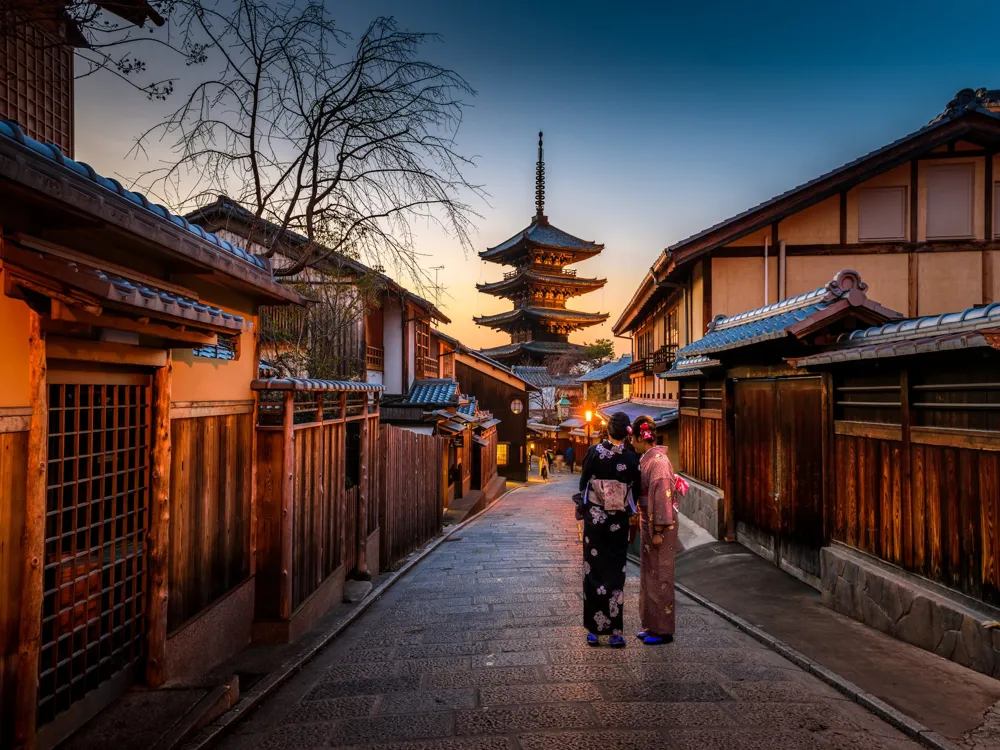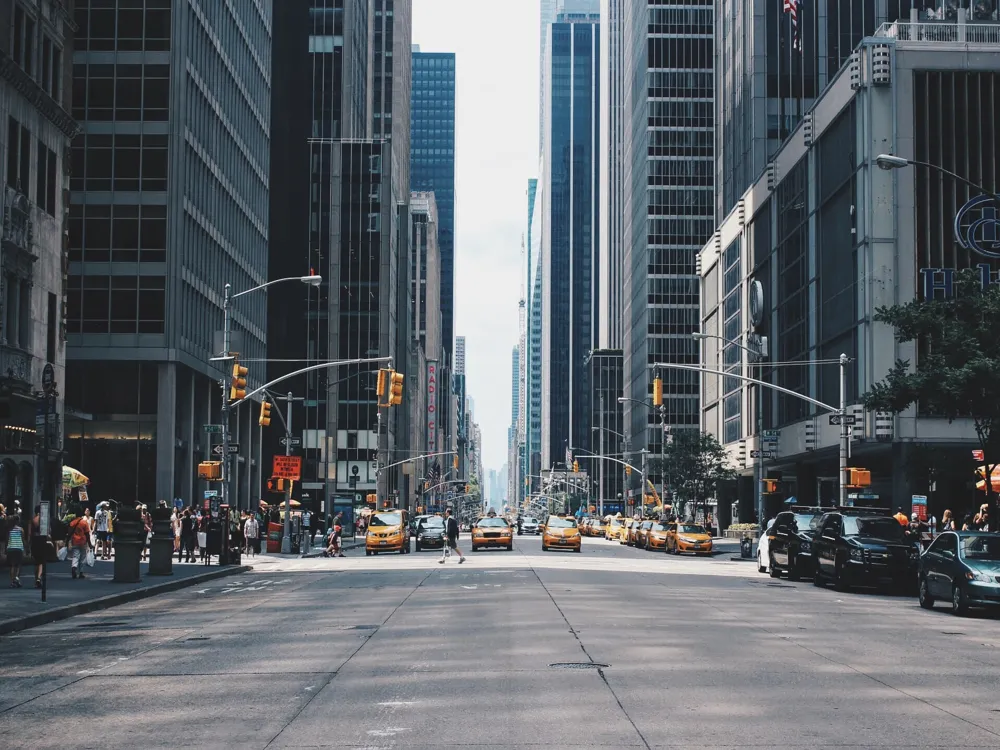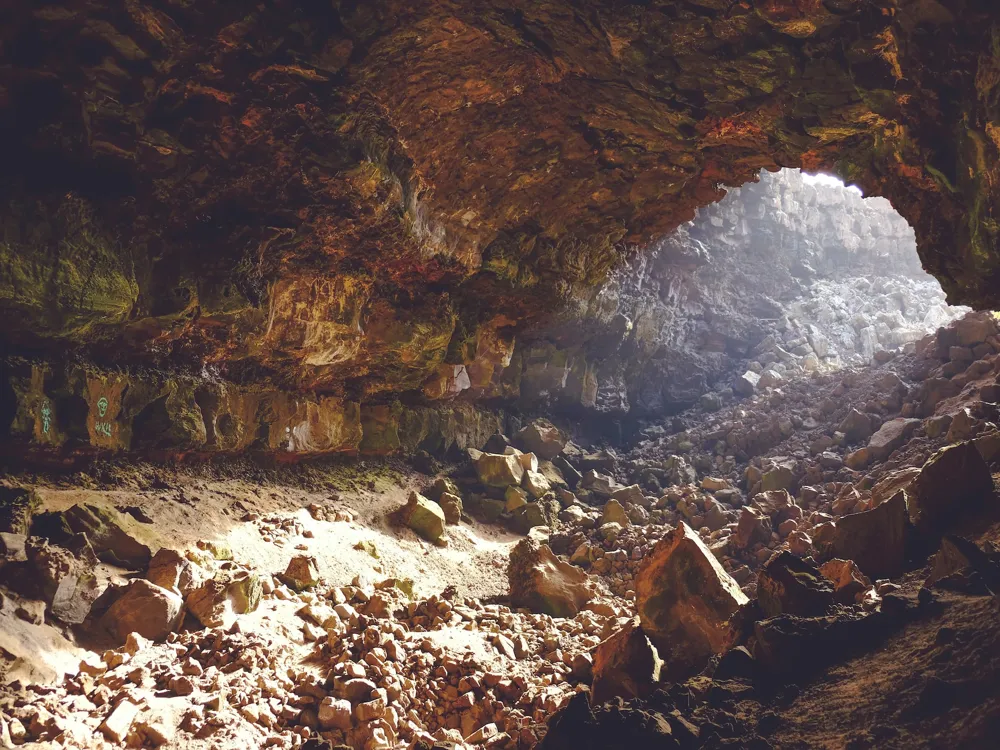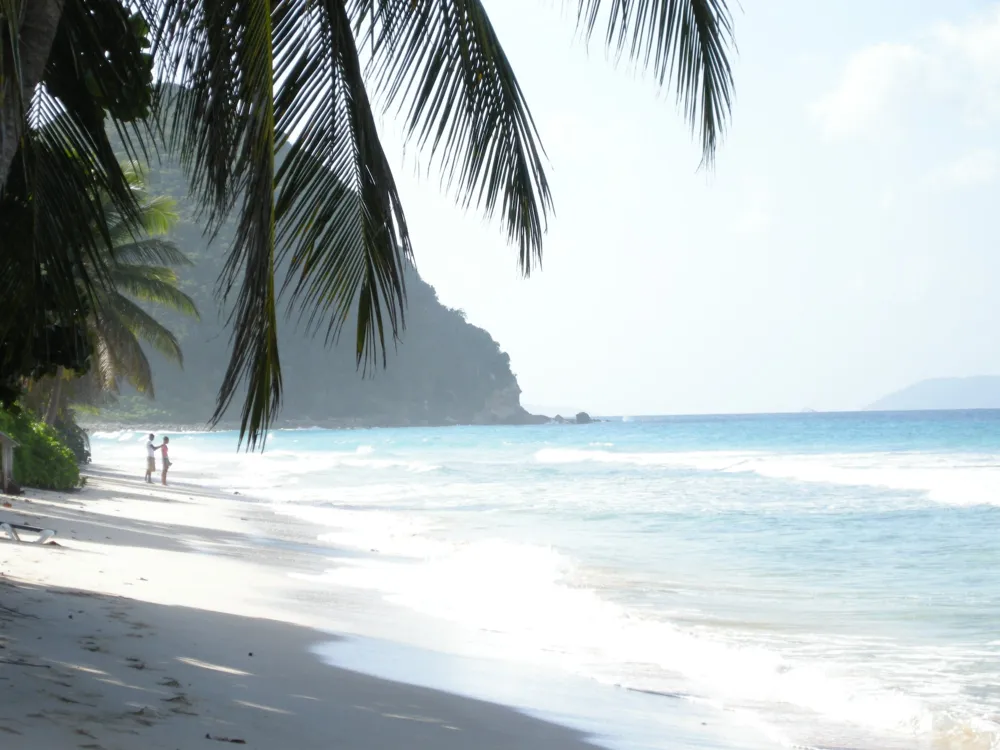Haiphong, a major industrial city and the third-largest in Vietnam, is nestled in the northern part of the country. This bustling port city is known for its rich history, vibrant culture, and as a gateway to iconic destinations like Halong Bay and Cat Ba Island. Its strategic location near the mouth of the Red River makes it a crucial economic and cultural hub in Northern Vietnam.
The city's roots trace back to the 19th century when it emerged as a leading port under French colonial rule. Today, Haiphong blends its historical charm with modern development, evident in its infrastructure, booming industries, and growing tourism. From the historical landmarks in the city center to the serene landscapes on its outskirts, Haiphong offers a fascinating journey through Vietnam's past and present.
Visitors to Haiphong are greeted with a mix of French colonial architecture, ancient temples, and bustling markets. The local cuisine, known for its unique flavors and fresh seafood, offers a culinary experience that is quintessentially Vietnamese. Haiphong's cultural scene is vibrant, showcasing traditional music, dance, and festivals that reflect the rich tapestry of Vietnamese traditions and modern influences.
The architecture of Haiphong is a splendid tapestry that weaves together historical influences and modern design. As you stroll through the city, you are taken on an architectural journey that begins with the remnants of French colonialism and transitions into the contemporary era of Vietnamese design.
A prominent feature of Haiphong's architecture is its French colonial buildings. These structures, characterized by their ornate facades, large windows, and wrought-iron balconies, are reminiscent of a bygone era. The Opera House, with its exquisite neo-classical design, and the Queen of the Rosary Cathedral, an embodiment of French Gothic architecture, are prime examples of this style.
In contrast to these colonial landmarks, Haiphong also boasts traditional Vietnamese architecture. This is best exemplified in the ancient pagodas and temples scattered throughout the city. The Du Hang Pagoda, for instance, is a stunning representation of Vietnamese religious architecture, with its intricate carvings and serene surroundings.
Haiphong is most pleasant from November to April, when the weather is cooler and drier, making it ideal for exploring the city and nearby attractions. Public buses, taxis, and motorbike rentals are popular modes of transport. For a truly local experience, try the cyclo (pedicab) rides in the city center. Don't miss the local delicacies like Banh Da Cua (crab noodle soup) and Nem Cua Be (fried crab spring rolls). Seafood is exceptionally fresh and a must-try. Respect local customs and traditions. Dress modestly when visiting temples and always ask for permission before taking photos of people. Haiphong is generally safe, but it's wise to be cautious with your belongings in crowded places and avoid isolated areas at night.
Haiphong is accessible by air, land, and sea. Cat Bi International Airport, just 5 kilometers from the city center, has flights connecting to major cities. The city is also well-connected by road and rail, with frequent bus and train services from Hanoi and other major cities. For a unique experience, you can reach Haiphong by ferry from Cat Ba Island or Halong Bay.
Overview of Haiphong
Architecture of Haiphong
Tips When Visiting Haiphong
Best Time to Visit
Transportation Tips
Local Cuisine
Cultural Etiquette
Safety Tips
How To Reach Haiphong
Do Son Beach
Haiphong
NaN onwards
View haiphong Packages
Weather :
Tags : Beach
Timings : All day
Time Required : 4 - 5 hours
Entry Fee : Nil
Planning a Trip? Ask Your Question
Haiphong Travel Packages
View All Packages For Haiphong
Top Hotel Collections for Haiphong

Private Pool

Luxury Hotels

5-Star Hotels

Pet Friendly
Top Hotels Near Haiphong
Other Top Ranking Places In Haiphong
View All Places To Visit In haiphong
View haiphong Packages
Weather :
Tags : Beach
Timings : All day
Time Required : 4 - 5 hours
Entry Fee : Nil
Planning a Trip? Ask Your Question
Haiphong Travel Packages
View All Packages For Haiphong
Top Hotel Collections for Haiphong

Private Pool

Luxury Hotels

5-Star Hotels

Pet Friendly





















